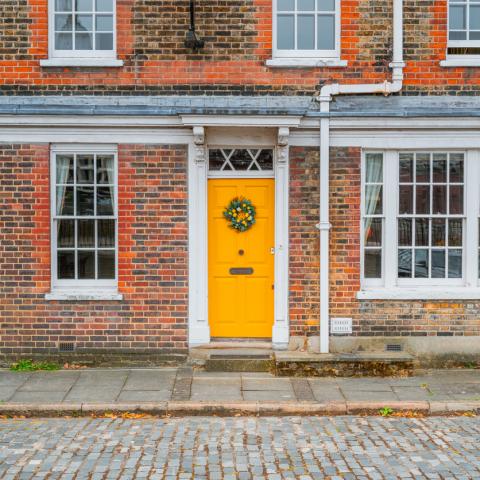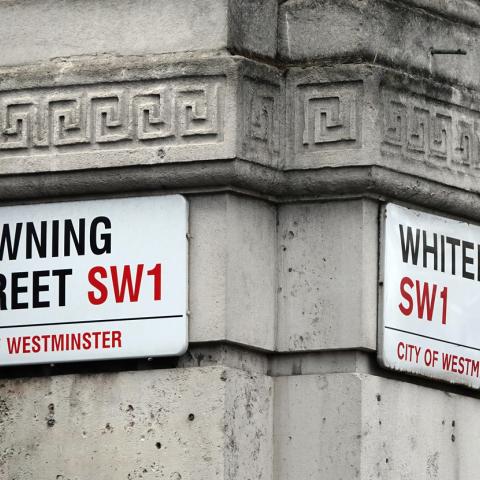The great house hunt is on: the return of 95% mortgages and reforms to affordable housing

By Laura Sears
Mortgages are front and centre of most property and business trade news outlets today, with the official introduction of the 95% mortgage guarantee scheme from the government.
Of course, many lenders actually brought in their own 95% loan to value mortgage products prior to this, buoyed by a busy marketplace and record property sales levels in the last few months.
Brokers agree that anything which helps people onto the ladder, fitting for the government’s ‘generation buy’ rhetoric for the last few years, is a good thing. Seeing these high LTV products returning is a positive sign that instils confidence in many debating whether to move home now.
In addition, this month saw reforms made to the Shared Ownership scheme – all of which are designed to make affordable homes more, well, affordable.
For those who aren’t familiar with the scheme, Shared Ownership allows buyers to purchase a share of the property’s full value, meaning a smaller mortgage and deposit well below the average of those needed on the open property market. The buyer then pays rent on the remaining share to the registered provider, usually a housing association.
Prior to now, the minimum initial share which could be bought was 25% of the property’s value, however recent reforms have seen this reduced to 10%. Originally proposed back in December as a way to assist people onto the ladder with less savings, the new model also sees staircasing increments – buying more shares in the property, usually with a view to eventually owning it outright – reduced from ten to five per cent of the property’s value, or even one per cent per year for those committed to owning outright eventually.
With Shared Ownership now accounting for 34% of all new affordable housing supply, and the government committing to delivering even more, it’ll be interesting to see how Robert Jenrick’s department prioritises development of new affordable homes.
We’ve all seen the news that swathes of people turning their back on urban living as a result of the pandemic, but as much of the UK’s Shared Ownership stock is based inside cities such as London, we need to consider whether supply is meeting demand in the correct locations, and how these reforms actually support people into home ownership.
It’s worth considering that the new Help to Buy scheme, which was also officially introduced as we started a new financial year, now excludes anyone except first time buyers, and has new regional price caps which aren’t that high given average property prices across the UK, a combination which has drastically reduced opportunity to use the scheme. Shared Ownership, meanwhile, doesn’t have the same restrictions (though it does have its own). Especially as people continue put more onus on their work/life balance, everyone wants more – be that space, bedrooms or greenery – but that still comes at a cost, so people will buy what they can afford to.
As the re-introduction of the 95% LTV mortgage products is still so fresh, interest rates are still relatively high, which is excluding a lot of people in their affordability checks. Perhaps this is Shared Ownership’s time to shine.









